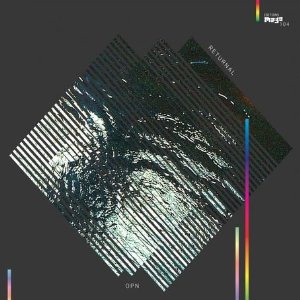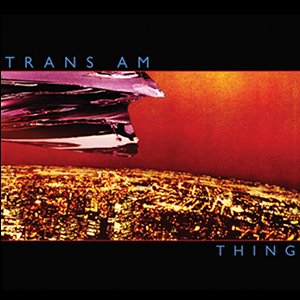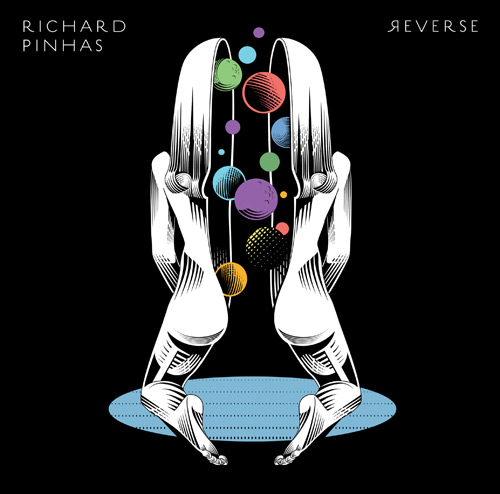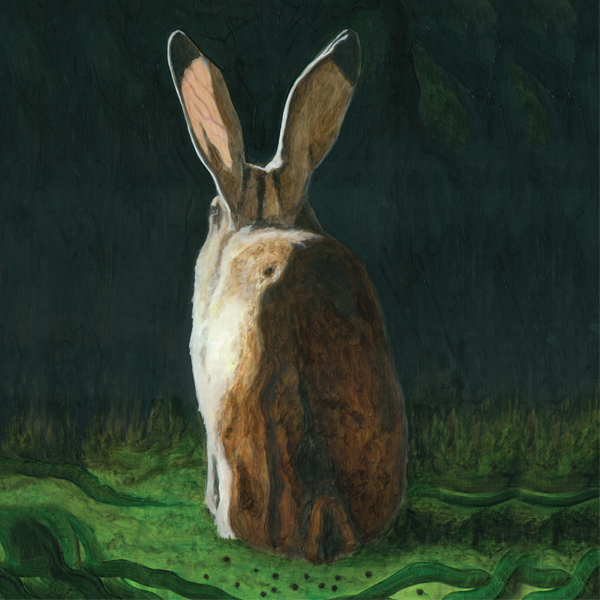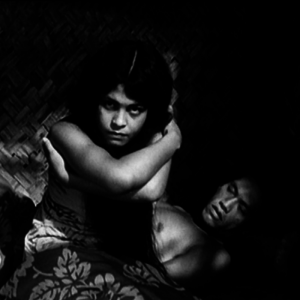 Back in 1931, FW Murnau, director of the Expressionist classics Nosferatu and Faust amongst others was directing a docu-drama in the South Sea Islands about forbidden love between two young islanders. After filming and just before the preview, he died in a vehicle accident and the film, although winning an Oscar, was lost to the sands of time. Recent interest in the film has caused Christine Ott to provide a live soundtrack to it. The film was originally scored by Hugo Riesenfeld at great cost to Murnau himself, but Christine has chosen to re-score it for Gizeh due to the emotional effect the film has had on her.
Back in 1931, FW Murnau, director of the Expressionist classics Nosferatu and Faust amongst others was directing a docu-drama in the South Sea Islands about forbidden love between two young islanders. After filming and just before the preview, he died in a vehicle accident and the film, although winning an Oscar, was lost to the sands of time. Recent interest in the film has caused Christine Ott to provide a live soundtrack to it. The film was originally scored by Hugo Riesenfeld at great cost to Murnau himself, but Christine has chosen to re-score it for Gizeh due to the emotional effect the film has had on her.
This is a recording of what originally started out as a live reaction to the film as seen and experienced by Christine. It is just her, augmented on three tracks by Torsten Böttcher on hang, and she herself chooses to play piano, percussion and the Ondes Martenot. This is an early twentieth century keyboard-based instrument that is like a precursor to the Theremin and sounds like a cross between that and a singing saw. Whereas the Theremin sounds otherworldly, the Ondes Martenot has a more earthly, plaintive feel.
On the whole, the soundtrack has a modern classical feel; gentle, insistent piano motifs rise and fall, swaying and lilting and in places, they take on a slightly nagging neurotic quality as the repetition hammers into your consciousness, unsettling and disjointing. The Ondes Martenot tends to evoke more of a sense of unease. As it wails and ululates, murmuring electronics whistle and chatter in the background. You have that Twin Peaks-like sense of something lurking in the backdrop, something that is not necessarily for the good but is impossible to pinpoint.
The veering between gentle texture and more resonant, darker material throws the listener through a series of emotional responses. There are eighteen tracks in all (sixteen on the CD edition) and I guess like any film, there are highs and lows of drama and of feeling. Droplets of piano falling on open flower heads are preceded by looser sounds, bubbles rising from below, the cry of sealife, the play of light on gentle waves. The sinister drone of theMartenot is followed by resonant steel drum and shooting stars travelling through a still sky. There is much tension, but it is offset by placid vibes and hesitant, thoughtful moments of barely real sound, whispering in your ear. The piano can move from deep and turbulent to the gentlest of subtle motifs.
It is difficult to say how successful this is as a standalone album. I would love to see it in conjunction with its intended film and I think then everything would slot into place. As it stands, it is an extraordinary example of one musician’s emotional vision for a film long overlooked and a fantastic showcase of somebody at one with the Ondes Martenot.-Mr Olivetti-
